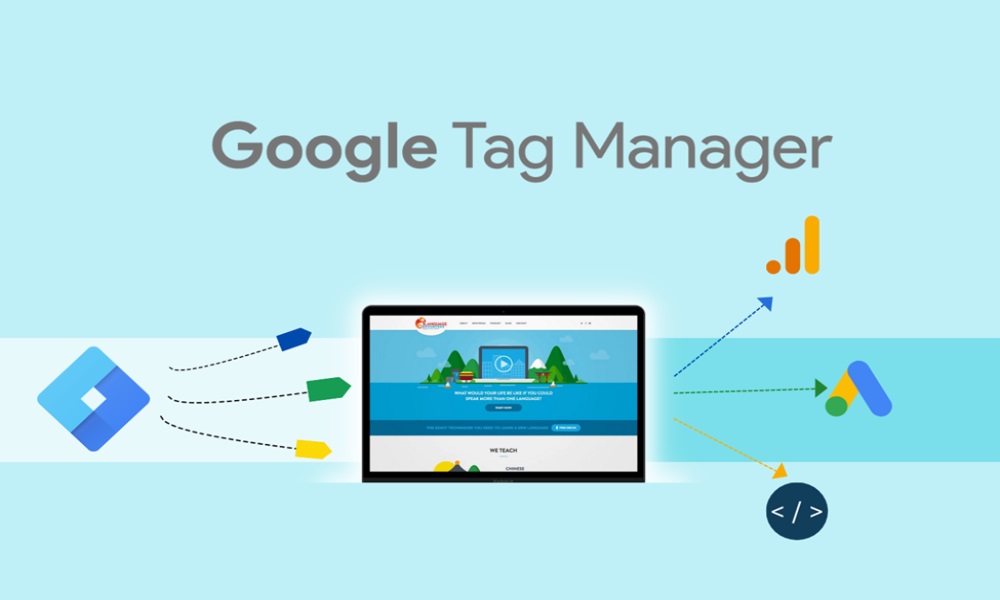Embarking on the journey of learning Japanese is an exciting endeavor that opens up a world of possibilities, from effective communication with native speakers to seamless travel experiences in Japan. Whether you are a beginner or an advanced learner looking to enhance your skills, selecting the appropriate learning environment and the best way to learn Japanese is crucial for success. Japanese private lessons and Japanese group lessons stand out as popular options, each offering distinct advantages and disadvantages.
Japanese Private Lessons:
Japanese private lessons involve one-on-one learning sessions with a qualified teacher, either online or in person. These sessions cater to your specific goals, learning style, and interests, covering fundamental topics such as grammar, vocabulary, pronunciation, culture, writing, and conversation.
Advantages:
1. Personalized Attention and Guidance:
Receive undivided attention, allowing for focused learning on challenging areas.
Build a personal connection with the teacher, enhancing the learning experience.
2. Customized Lessons:
Tailor lessons to your unique needs, strengths, weaknesses, and goals.
Create a personalized learning plan for efficient progress.
3. Flexibility in Scheduling:
Schedule lessons at your convenience, accommodating busy schedules.
Easily reschedule lessons to avoid conflicts.
4. In-depth Conversation and Practice:
Engage in more extensive speaking practice in a supportive environment.
Access personalized practice activities for improved communication skills.
Disadvantages:
1. Higher Cost:
Private lessons are generally more expensive than group lessons due to concentrated attention and preparation.
2. Limited Group Interaction:
Lack of opportunities to practice with peers, which may be preferred by those who enjoy group dynamics.
3. Japanese Group Lessons:
Japanese group lessons involve a teacher guiding multiple students through activities, exercises, and discussions. This format fosters a social and interactive learning environment.
Advantages:
1. More Affordable:
Cost is spread across multiple students, making group lessons a budget-friendly option.
2. Opportunities for Social Interaction:
Engage in conversations, ask questions, and exchange ideas with classmates.
Practice language skills through group activities and discussions.
3. Learning from Others:
Learn from classmates’ mistakes and successes, enhancing the learning experience.
Exposure to diverse teaching styles and techniques.
4. Diverse Learning Experiences:
Explore a variety of topics and activities, making learning interactive and enjoyable.
Benefit from a mix of teaching methods tailored to different learning preferences.
Disadvantages:
1. Less Personalized Attention:
The teacher must cater to the needs of multiple students, limiting individualized attention.
2. May Not Fit Everyone’s Learning Style:
Varied learning styles among students may pose challenges for the teacher.
3. Limited Flexibility in Scheduling:
Fixed schedules may be inconvenient for those with busy or conflicting commitments.
Final Thoughts:
When deciding between Japanese private lessons and Japanese group lessons, there is no one-size-fits-all answer. Consider your learning style, goals, and budget carefully. Both options provide unique benefits, and the choice ultimately depends on the support, resources, and experiences you seek to achieve your Japanese language goals. Happy learning!



